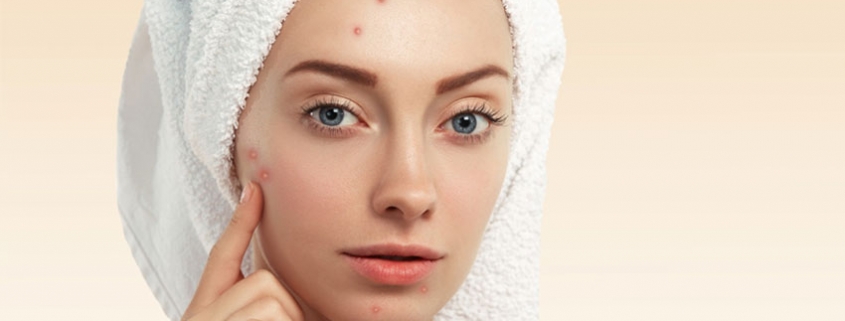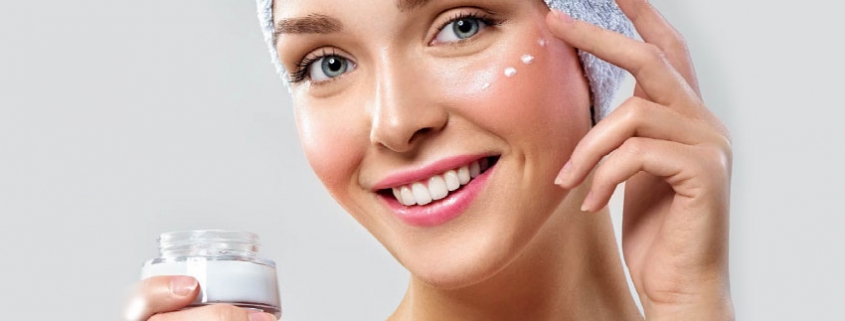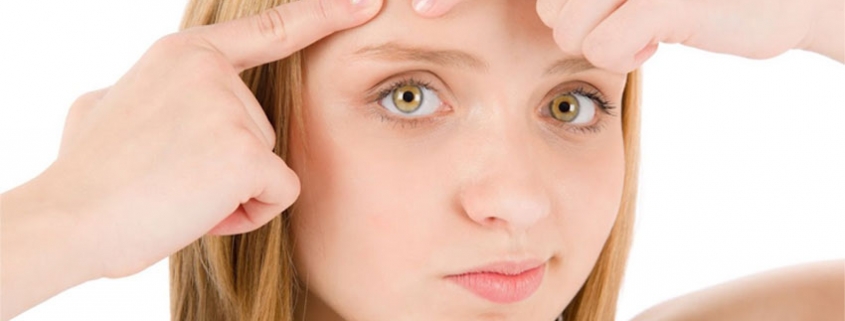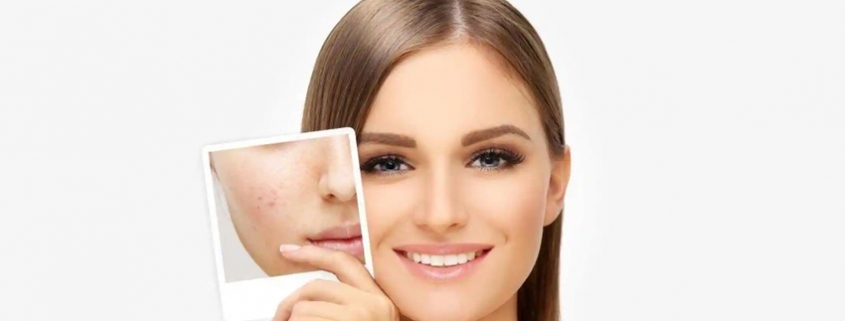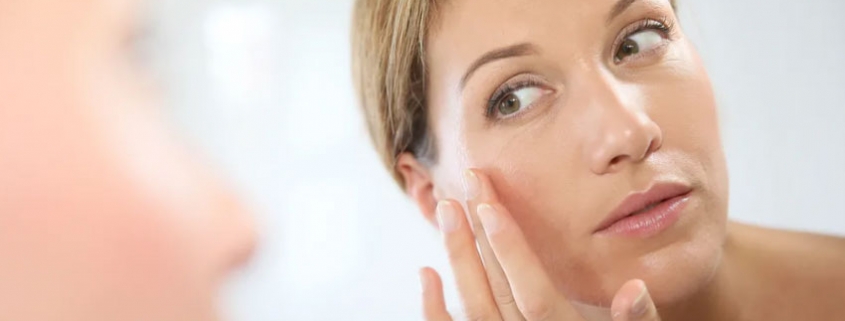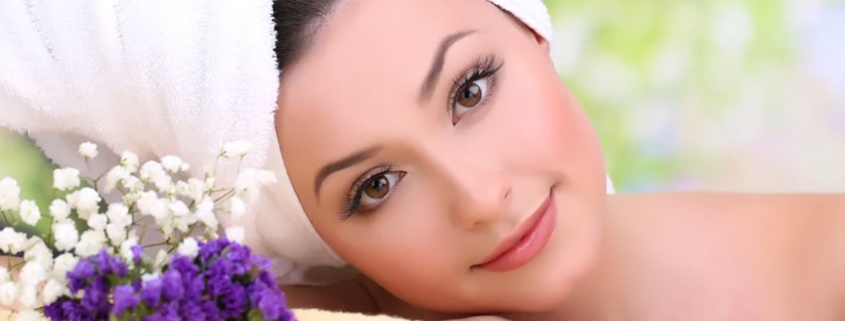What are acne pustules?
Pustules appear red bumps with white centers. They are hard and often tender to the touch. In many cases, the skin around the pustules is red or inflamed. Acne and folliculitis are common causes of pustules. Pustules contain pus because the body is fighting with bacteria and dirt.
Pus is a natural product of the immune system, which consists of dead white blood cells. Pustules can occur anywhere, but they are more common on oily parts of body like face and neck.
Treatment for pustules:
- salicylic acid
- sulfur
- peroxide
You can prevent papules and pustules by washing your face and the parts of your body which are prone to pimples. And you shouldn’t use products contain oils. The oil can clog the pores and cause pustules.
What are acne papules?
Acne papules are solid, inflamed bumps that are usually cone-shaped. They are red or pink, they don’t have a yellow or white center of pus. Most papules become pustules after few days. face, neck, back, chest, shoulders and upper arms are most likely to develop papules.
Treatment for acne papules:
- Azelaic acid
- Benzoyl peroxide
- Retinoids
- Salicylic acid
- Antibiotics
- Anti-androgens
- Dapsone
- Oral contraceptives
What are nodules?
It is a kind of inflammatory acne that is large and painful. Nodular acne causes When the clogged pore progresses into a bump and it is completely under the skin. They form around a hair follicle and can involve more than one follicle. They are solid so they feel hard. Inside the clogged pore there is sebum mix with dead skin cells. clogged pores can lead to a more severe breakout. They affect deeper layers of the skin. They can appear on face, back, and other areas of the body. They may last for weeks or months.
Treatment for Nodules:
Nodular acne is a severe form of acne. While it can be difficult to treat and manage, there are several treatment options available. However, nodular acne can be persistent. You’ll likely need your doctor’s help to get it under control. A board-certified dermatologist can prescribe you an effective treatment and provide you with acne management tips.
They help destroy bacteria and reduce inflammation.
This drug tackles bacteria, inflammation, excess oil, and clogged pores.
- Birth control pills
- Topical treatments (Antibiotic cream, Retinoids, salicylic acid)
These products can help fight bacteria. Salicylic acid may also help to prevent plugged hair follicles.
What are Cystic acne?
It is a type of inflammatory acne. It causes pain, pus-filled pimples to form deep under the skin. Unlike other pimples, cystic acne occurs deeper in the skin. Acne occurs when oil and dead skin cells clog skin pores. With cystic acne, bacteria also gets into the pores, causing swelling or inflammation. Cystic acne is the most severe type of acne. Acne cysts are often painful and more likely to cause scarring.
Treatment for Cystic acne:
- Oral antibiotics to help control bacteria and lower inflammation
- Birth control pills to regulate a woman’s hormones
- Benzoyl peroxide to kill bacteria on your skin and fight inflammation
- Retinoid, a form of vitamin A, in a cream, lotion, foam, or gel. It can unplug your pores and help antibiotics do their job.
- Isotretinoin attacks all causes of acne. Women should not get pregnant while taking this drug.
- Spironolactone to reduce excess oil. Doctors don’t prescribe it to men because of side effects such as breast growth.
- Steroids injected into cysts at your doctor’s office
What are Blackheads?
Blackheads are small, slightly raised lesions with dark tips that appear on the skin. They are made of oxidized melanin and not trapped dirt. They are more common on the face and neck. They are usually a feature of acne not a kind of pimple. They are not inflammatory. They also have a lower texture than pimples.Squeezing or scrubbing at blackheads can make them worse. To reduce blackheads, avoid oil-based skin care products, humid environments, tight clothes, and skin products that contain alcohol. They tend to appear when hormones lead to the increased production of sebum, an oily substance, by the glands under the skin.
Causes of blackheads :
- Increased sebum production.
- Abnormal formation of keratin.
- Increased hormones (androgen).
- An increased presence of bacteria on skin that causes acne.
What are Whiteheads?
Whiteheads occur when pores become clogged with a buildup of bacteria and sebaceous material. They are Small, but firm, and white or yellow in color. They Tend to turn into pimples if untreated. They close the opening of a pore. Whiteheads are also known as close comedones. They occur with acne, often on the face, chest and back. They typically affect teenagers and young adults.
Causes of whiteheads :
- increased sebum production and shedding cells in the hair follicles.
- Androgen hormones, also known as reproductive hormones, play a role, which explains why acne is widespread in puberty.
Treatments for whiteheads and blackheads :
If you get blackheads you have plenty of methods to treat them. There are also ways to prevent new ones from forming. Picking, squeezing, and popping blackheads aren’t among your options. That approach could make your situation a lot worse. Certain chemical ingredients can help you remove whiteheads and blackheads. Here are some of the most effective ones:
- Salicylic acid
- Azelaic acid
- Benzoyl peroxide
- Retinoids (vitamin A derivatives)
- Oral antibiotics
- Microdermabrasion
- Chemical peels
- Laser skin resurfacing

